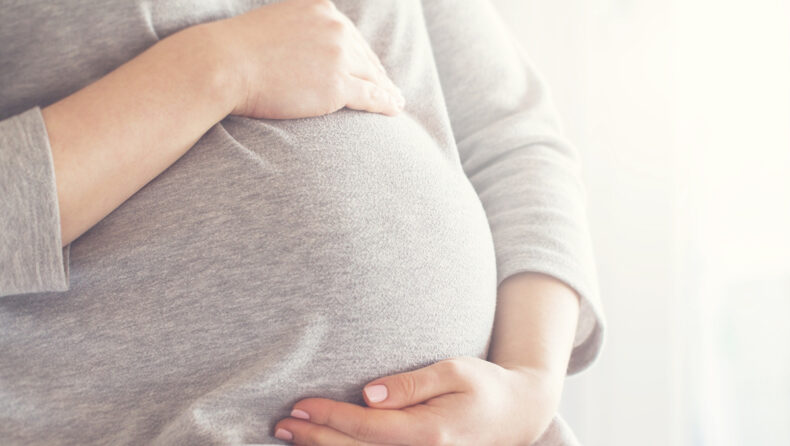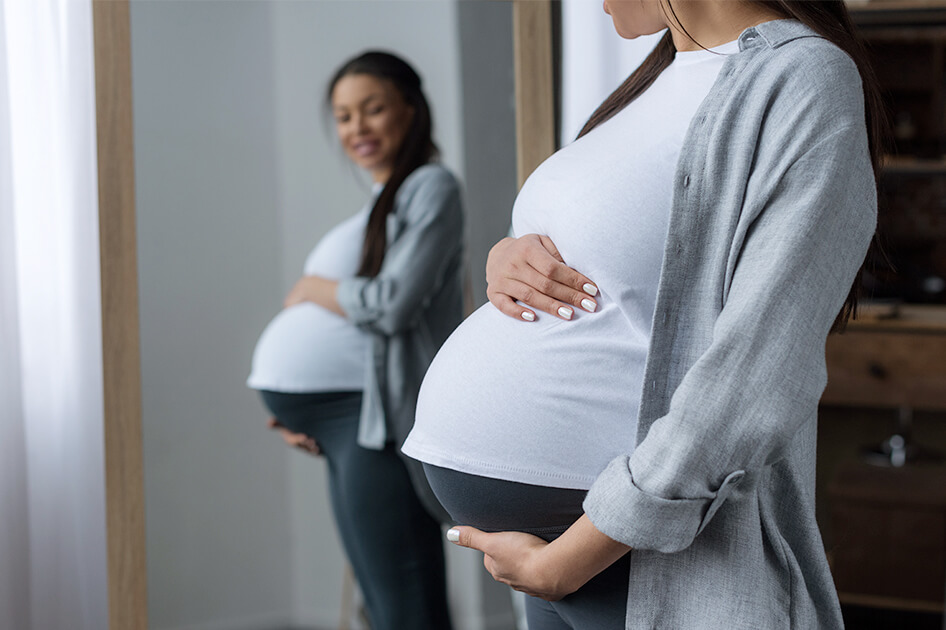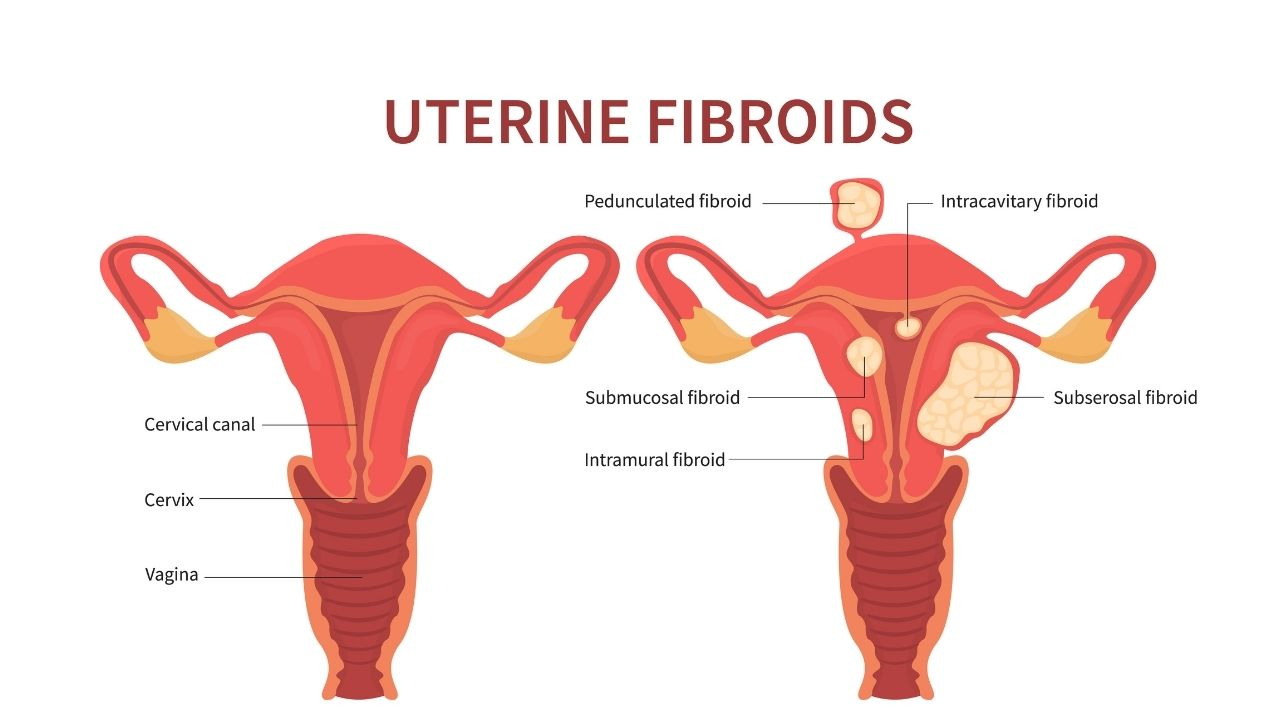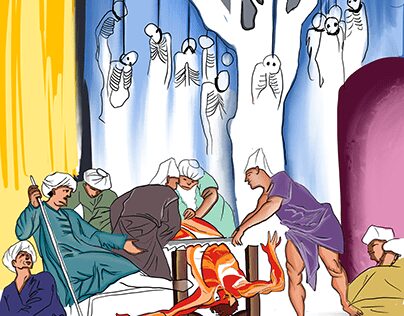Uterine fibroids are a prevalent issue among women of reproductive age. However, the presence of large clusters of fibroids, weighing up to 600 grams and resembling the size of a watermelon, on the outer surface of the uterus can pose a life-threatening risk when carrying a fetus. Despite these challenges, a 32-year-old woman from Mumbai triumphed over this rare condition and gave birth to her healthy baby three weeks early.
Uterine fibroids, which are typically found during a woman’s childbearing years, are noncancerous growths that develop within the uterus. These growths, also known as leiomyomas or myomas, do not increase the risk of uterine cancer and rarely become cancerous.
The size of fibroids can vary greatly, ranging from small seedlings that are too tiny to be seen by the naked eye to large masses that distort and enlarge the uterus. They can occur as single growths or in clusters. In severe cases, multiple fibroids can cause the uterus to expand to the point where it reaches the rib cage and adds to a person’s overall weight.
Fibroids are a common occurrence in women of childbearing age, affecting around 30% of this population. Although they are usually more prevalent in women over 30 years old, fibroids can also develop in women as young as 25 years old.
Last year, the 32-year-old woman got married and conceived her first child only a few months later in October, bringing her great joy. However, her happiness was short-lived when she received news of three small uterine fibroids – the largest being six centimeters in size – during a routine consultation with her doctor, causing her to feel anxious.
To prevent the fibroid from affecting her pregnancy, she was prescribed medication. However, during her third-month scan, it was discovered that the fibroid had grown from six centimeters to ten centimeters in size as her pregnancy progressed.
During the examination, it was observed that the size of the uterus, as measured from the abdomen, was larger than expected for the gestational age. As the baby continued to grow within the uterus, the external uterine mass also competed for space. While the mother did not experience any pain or complications initially, her discomfort in the pelvis, back, and upper abdomen increased over time as the baby grew. Upon examination, doctors discovered a tissue mass in her abdomen that originated from the uterus, causing her discomfort.
The presence of such conditions can increase the risk of miscarriage, preterm labor, and hindered fetal growth. Unfortunately, removing the fibroids was not a viable option to prevent potential pregnancy complications. As a result, doctors opted to manage her condition with progesterone hormone medication, injections, adequate rest, and frequent scans throughout her pregnancy until the ninth month.
According to Dr. Surabhi Siddhartha, a consultant obstetrician and gynecologist at Motherhood Hospital in Mumbai, says that about 1 in 2,000 women develop large fibroids, while 1 in 50 women experience smaller ones. Dr. Siddhartha provided the 32-year-old with steady guidance throughout her pregnancy, but her pain intensified during the 37th week.
Despite her scheduled delivery date being on July 25, an elective C-section was performed quite early due to the mother’s breathlessness and extreme discomfort caused by pressure on her diaphragm. During the procedure, a lap myomectomy was performed to remove the 10 cm, 600-gram fibroid while preserving the uterus for future pregnancies.
Due to the multiple procedures, there was the possibility of excessive bleeding and postpartum hemorrhage (heavy bleeding after childbirth). As a result, the medical team closely monitored the mother. Nonetheless, her baby boy weighed a healthy 3.5 kg.
While many women with fibroids do not experience any symptoms and are able to conceive naturally without complications, larger or strategically positioned fibroids can pose issues during pregnancy.















